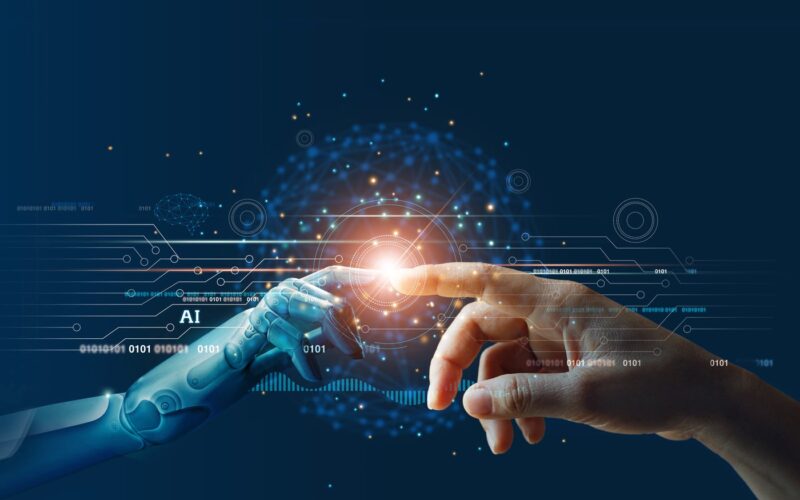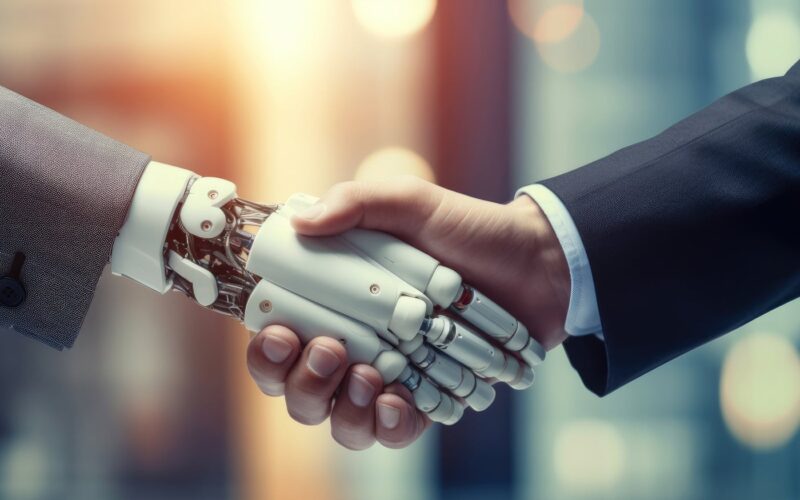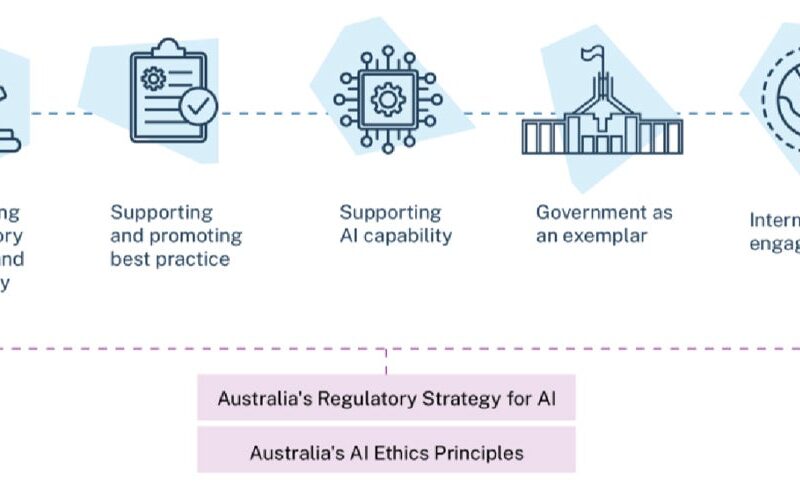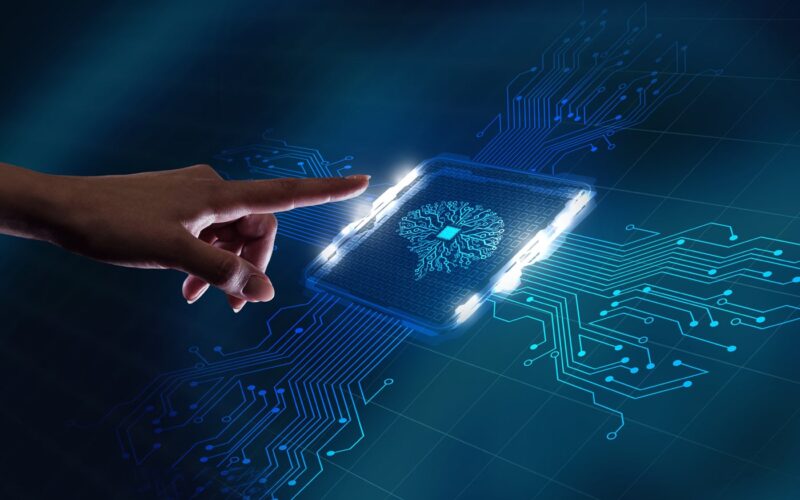10
Sep
Maryam Shanechi, the Sawchuk Chair in Electrical and Computer Engineering and founding director of the USC Center for Neurotechnology, and her team have developed a new AI algorithm that can separate brain patterns related to a particular behavior. This work, which can improve brain-computer interfaces and discover new brain patterns, has been published in the journal Nature Neuroscience. As you are reading this story, your brain is involved in multiple behaviors. Perhaps you are moving your arm to grab a cup of coffee, while reading the article out loud for your colleague, and feeling a bit hungry. All these different…









